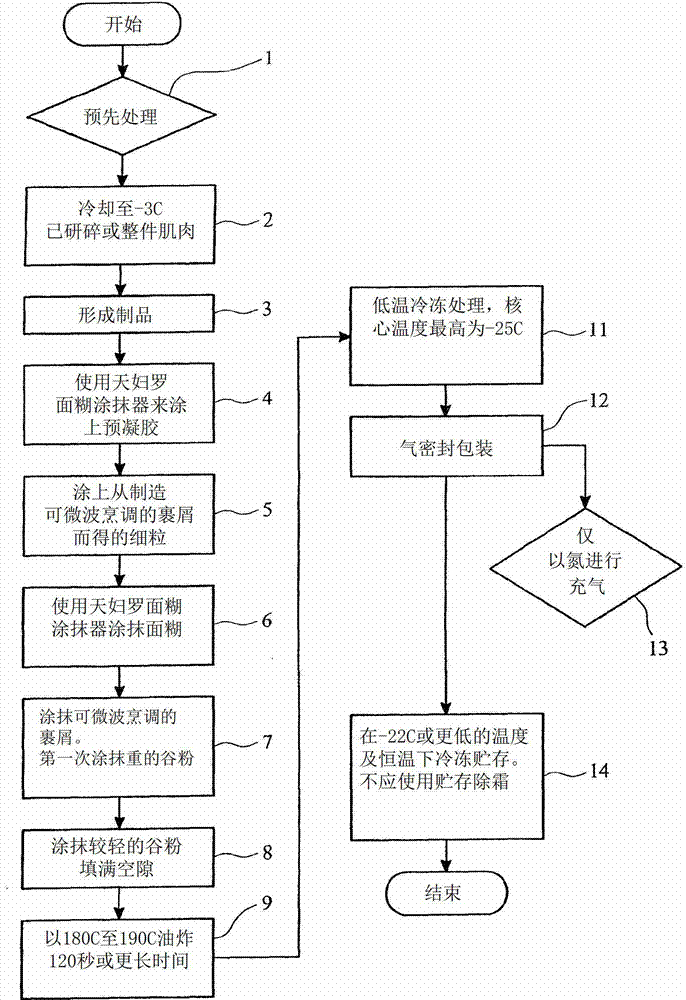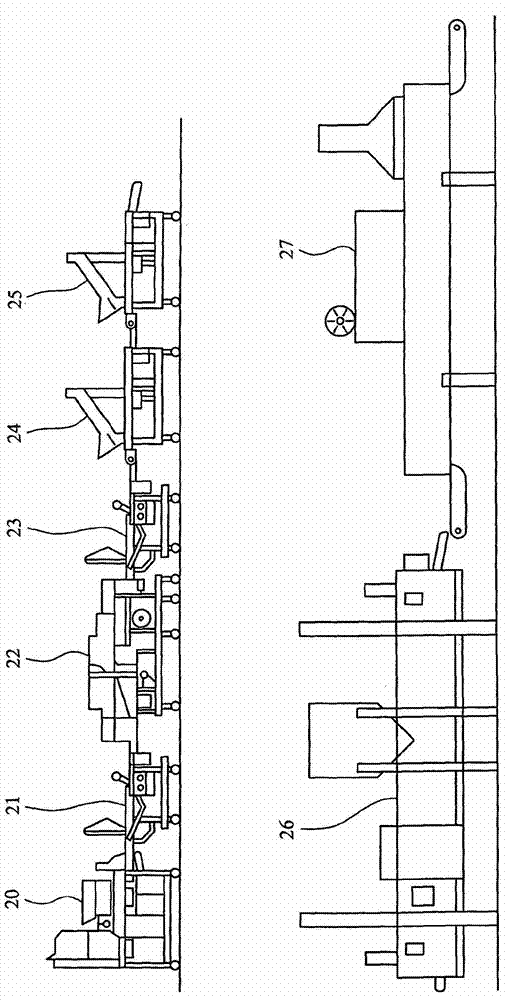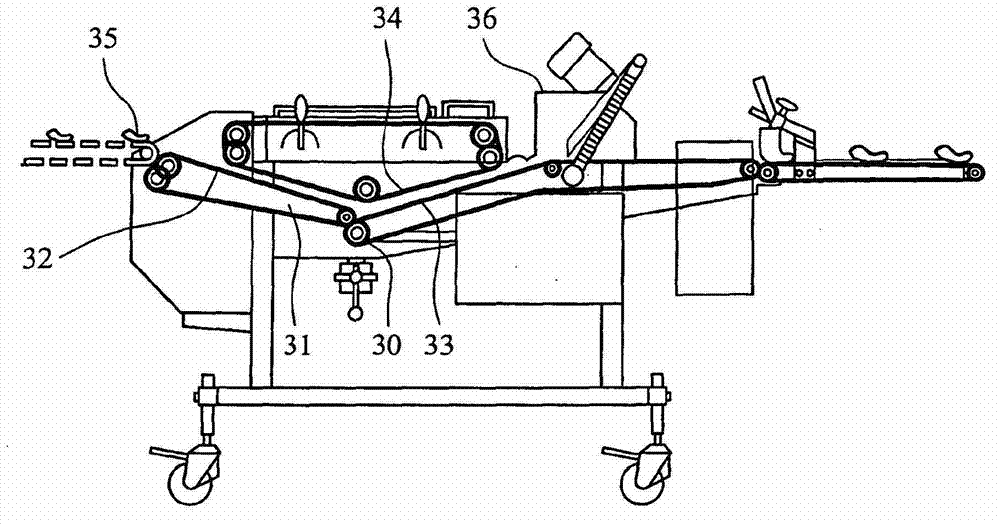Production of microwaveable coated food products
A technology for coating and food, applied in the field of devices implementing the method, can solve problems such as being unsuitable for microwave ovens and the like
- Summary
- Abstract
- Description
- Claims
- Application Information
AI Technical Summary
Problems solved by technology
Method used
Image
Examples
example 1
[0114] Example 1 - Stabilizer Composition
[0115] The stabilizer composition was prepared using the following materials:-
[0116]
[0117] The composition is dissolved in water to form a solution at a concentration suitable to stabilize the particular matrix in use. For this purpose, the dry powder mixture is partially hydrated in a basin, which is then poured into a round bowl grinder. Then, run the bowl grinder for two to three minutes until the mixture is fully hydrated. The mixture can be rehydrated directly in the bowl mill if desired. Alternatively, the stabilizer can be hydrated using a high shear mixer fitted with a universal head.
[0118] This general formulation can be altered to increase its efficiency in a particular matrix. The above formulation can be varied by adding citric acid (up to 1%) and ascorbic acid (up to 2%), with corresponding reductions in polydextrose (eg Litesse II (trademark)).
example 2
[0119] Example 2 – Impregnation of a substrate with a stabilizer composition
[0120] Chicken mixes for use as chicken fillets or chicken nuggets were prepared using the following compositions prepared as dry mixes as a substitute for the hydrated stabilizer composition. The stabilizer of Example 1 was used.
[0121]
[0122] Chicken breasts were refrigerated to -3°C and minced using a 10mm capstan. The temperature after mincing is 0-3°C. Add water and stir. Stir in the ground chicken, which contains the following ingredients:
[0123]
[0124] Add the stabilizer as described in Example 1 and mix thoroughly. Stir in the rusk and season to taste. Dried spice powders are preferred. At the point of use the composition is allowed to dissolve in the water present in the matrix to form in situ an aqueous stabilizer solution (stage 1).
[0125] A vacuum was applied to the mixture to strengthen the structure, after which the chicken mixture was refrigerated to -3°C (Sta...
example 3
[0127] EXAMPLE 3 - AQUEOUS COATING COMPOSITIONS
[0128] Prepare the following mixture:
[0129]
[0130] The mixture was dissolved in water using a CFS Scanbrine mixer with paddle stirring to form a 1% solution. The solution was left to stand for 24 hours to form a fully hydrated gel or viscous solution.
[0131] A pump is required to run the machine, but it doesn't take long for air bubbles to form in the gel solution in the applicator. To prevent this problem, a food-grade antifoam can be used. The use of polydimethylsiloxane is preferred, but methylphenylpolysiloxane or polyethylene glycol may also be used.
PUM
 Login to View More
Login to View More Abstract
Description
Claims
Application Information
 Login to View More
Login to View More - R&D Engineer
- R&D Manager
- IP Professional
- Industry Leading Data Capabilities
- Powerful AI technology
- Patent DNA Extraction
Browse by: Latest US Patents, China's latest patents, Technical Efficacy Thesaurus, Application Domain, Technology Topic, Popular Technical Reports.
© 2024 PatSnap. All rights reserved.Legal|Privacy policy|Modern Slavery Act Transparency Statement|Sitemap|About US| Contact US: help@patsnap.com










